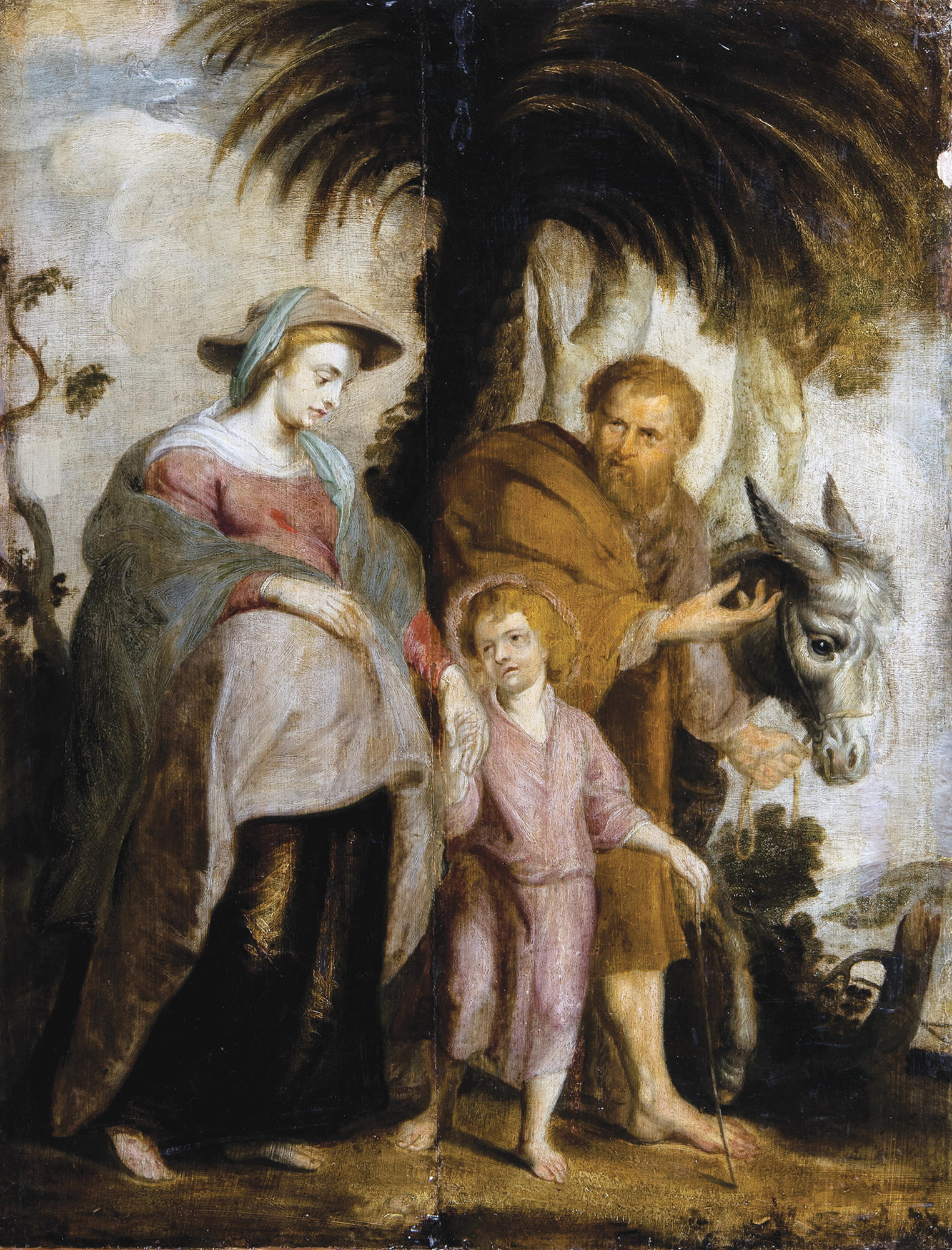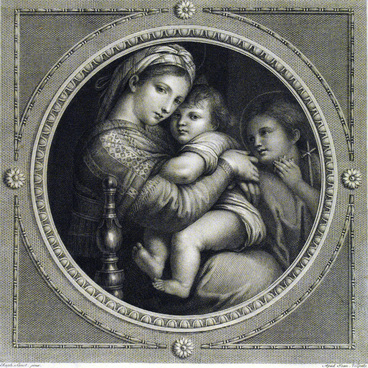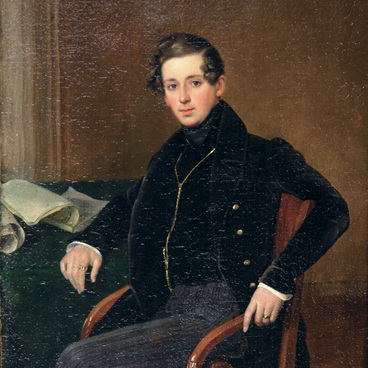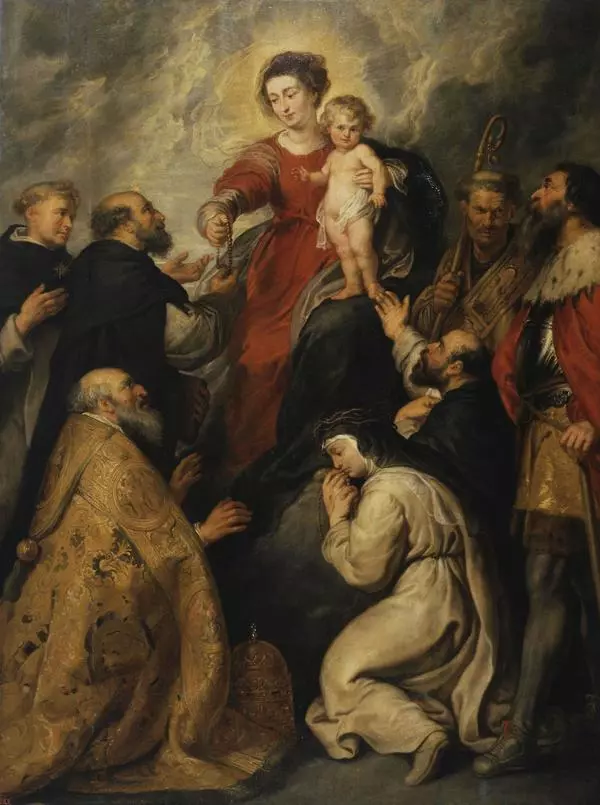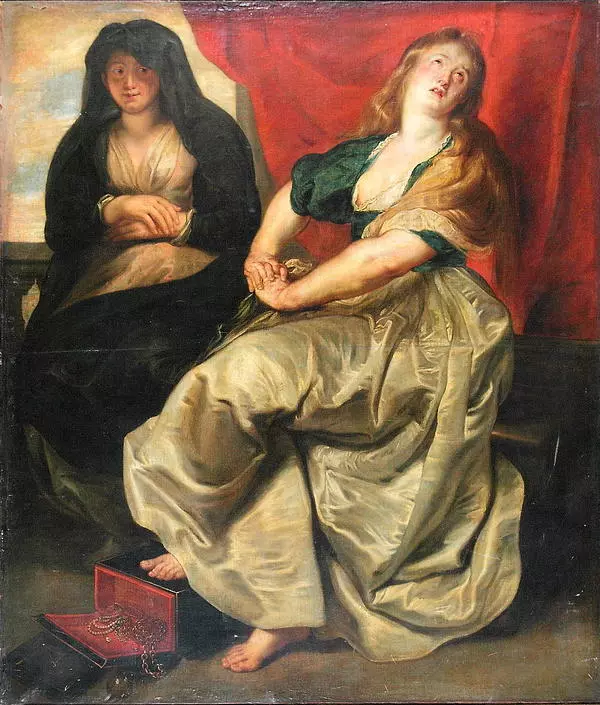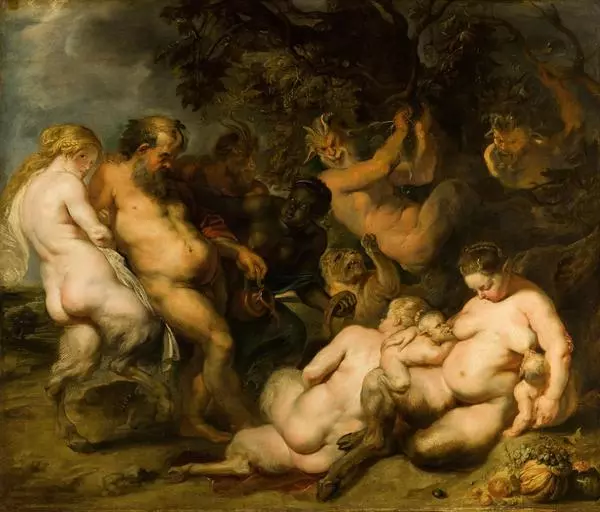Pieter Paul Rubens (1577 — 1640) is a Flemish artist who painted religious, mythological, allegorical and historical paintings, landscapes, portraits, complex compositional scenes of hunting and battles. Rubens’s artistic legacy includes about 3,000 works a significant part of which was however co-authored with his colleagues and disciples.
Rubens learned from Antwerp masters such as Tobias Verhaecht, Adam van Noort and Otto Venius. Since 1600, he lived in Italy and was court painter of the Duke of Mantua. He worked primarily in Mantua, Genoa, Venice, he also traveled to Spain. In 1608, he returned to his homeland and was granted the rank of the court painter of the Spanish rulers of the Netherlands. He was involved in diplomatic activities. He was at the head of a large art studio that became the center of artistic life of the country.
Two versions of Return from Egypt are known. The first of them is in the collection of the Earls of Leicester in Holckham Hall, England, and the second is at Wadsworth Atheneum – the oldest art museum in the United States. All sketches relating to the works represented in the museum, including the sketch capturing the composition of this painting, stored in Moscow, at the Pushkin Museum of Fine Arts, are recorded in the catalogue of the museum.
But there is a sketch that remained unknown to American explorers. It is a work that was in the collection of the princely family of Gorchakov in the manor of Baryatino, Tarusa County of Kaluga Governorate, and now belongs to Kaluga Museum of Fine Arts. The composition based on the Gospel history related to the return of the Holy Family from Egypt has gained wide popularity due to its reproduction in an engraving used for educational purposes. The sketch presented in the exposition was taken to be a copy made from the engraving, though in reality it was painted with liquid paints in the manner peculiar to the sketches of Rubens’s paintings. Over time, as the priming was discovered, it was customary to ‘refresh’ the paintings by painting the lost parts. The work in question did not avoid such interference either. It is possible that this was done at the same time as the restoration of Madonna of the Goldfinch took place.
Rubens learned from Antwerp masters such as Tobias Verhaecht, Adam van Noort and Otto Venius. Since 1600, he lived in Italy and was court painter of the Duke of Mantua. He worked primarily in Mantua, Genoa, Venice, he also traveled to Spain. In 1608, he returned to his homeland and was granted the rank of the court painter of the Spanish rulers of the Netherlands. He was involved in diplomatic activities. He was at the head of a large art studio that became the center of artistic life of the country.
Two versions of Return from Egypt are known. The first of them is in the collection of the Earls of Leicester in Holckham Hall, England, and the second is at Wadsworth Atheneum – the oldest art museum in the United States. All sketches relating to the works represented in the museum, including the sketch capturing the composition of this painting, stored in Moscow, at the Pushkin Museum of Fine Arts, are recorded in the catalogue of the museum.
But there is a sketch that remained unknown to American explorers. It is a work that was in the collection of the princely family of Gorchakov in the manor of Baryatino, Tarusa County of Kaluga Governorate, and now belongs to Kaluga Museum of Fine Arts. The composition based on the Gospel history related to the return of the Holy Family from Egypt has gained wide popularity due to its reproduction in an engraving used for educational purposes. The sketch presented in the exposition was taken to be a copy made from the engraving, though in reality it was painted with liquid paints in the manner peculiar to the sketches of Rubens’s paintings. Over time, as the priming was discovered, it was customary to ‘refresh’ the paintings by painting the lost parts. The work in question did not avoid such interference either. It is possible that this was done at the same time as the restoration of Madonna of the Goldfinch took place.
